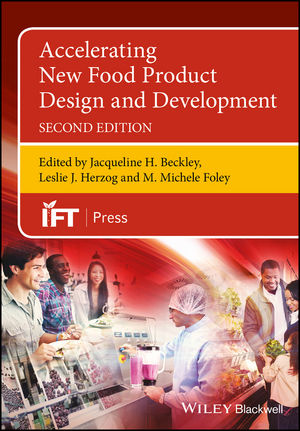T. Hasegawa USA releases new Flavor Flash report
International flavors, 'next wave,' and fusion cuisines set to grow.

T. Hasegawa USA recently debuted its newest Flavor Flash report, which can be downloaded here.
Some key findings include:
- More education will lead to less intimidation with international flavors. Predictably, dissatisfaction is the leading barrier to international cuisine trial. With rising prices everywhere, cuisine exploration may take a temporary backseat for some consumers. With the cost of travel and dining out growing further out of reach for consumers with economic uncertainty, packaged foods and beverages can deliver on new tastes, but brands must ease intimidation with transparency and information.
- Younger consumers seek flavor trial across different food and beverage formats. While older consumers generally explore new flavors in small formats such as appetizers, younger consumers are far more adventurous in flavor trial across a diverse range of food/beverage offerings including packaged products and menu items.
- Consumers of all generations find common ideals in authenticity and descriptions. According to a recent Mintel survey, young adults including millennials are drawn to the cultural experience that comes with global cuisines. Highlighting not only the food’s flavor, but the cultural aspects of cuisines through targeted media can be a powerful differentiator for brands.
- Mainstream international flavors are losing market share to emerging “next wave” cuisines. Classic favorites like Chinese, Mexican or Italian fare are losing a sliver of traction to emerging flavors such as Korean and African cuisine. While the mainstream favorites still dominate the international cuisine category, these emerging flavors are showing that consumers are seeking new experiences through international foods.
- Fast casual acts as a canvas for international flavor introduction. With it’s fresh, often BFY menus that offer an elevated, inexpensive experience, fast casual is predictably well-aligned with encouraging cuisine exploration. Menu development in the segment often features bowls or encourages customization to introduce new concepts, foods, flavors, or ingredients—often in ways that transition to packaged food innovation.
- The mainstreaming of Middle Eastern flavors. The robust flavor of Middle Eastern cuisine is rapidly growing popular, as these foods are transitioning from foodservice to the packaged segment. According to recent Mintel data, Sumac has soared over 176% as an ingredient in new food products from 2018 to 2021. Baba Ghanoush increased 31% during this time period, and savory flavors like Za’atar and Falafel increased 15% and 10%, respectively.
- Fusion Cuisine is blossoming on menus, pointing to packaged opportunities. Fusion cuisine is enjoying a renaissance right now, fueled by the contemporized notion of blending the old and new, or the familiar and exotic, into unexpected pairings that work on both menus and packaged food innovations. Per Mintel research, there was a 29% growth of fusion cuisine on menus between 2018 and 2021.
Looking for a reprint of this article?
From high-res PDFs to custom plaques, order your copy today!




.jpeg?height=200&t=1650894817&width=200)



